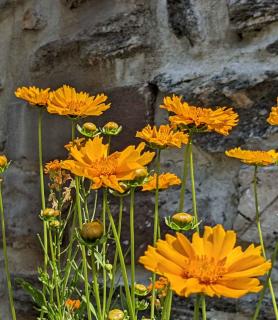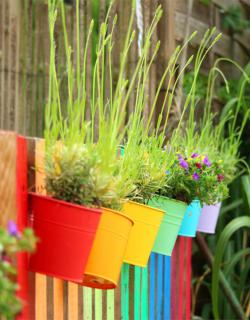

Are you starting to feel that watering in summer is a chore? Wouldn’t it be pleasing to have only plants with no watering?
Select plants that can cope with lack of water and you’ll have found a great solution to your problem!
Even just shifting from watering daily to watering weekly or every fortnight is within reach if you find plants that have low water needs.
Native to desert regions, these plants usually share narrow, leathery silver-colored leaves, or, as a stark contrast, fleshy thick leaves to store water.
Apart from the totemic olive trees and lavender, many flower shrubs only require watering once a week. That’s the case for cistus, oleander, Mexican orange tree, perovskia, cinquefoil. On the other hand, escallonia or grevillea are perfectly content with one watering every two weeks.

And if watering once a week is still too much for you, take your pick from a range of succulents, these are camel-like plants that can survive with only a single drop of water, like houseleek, echeveria and crassula.

Talking of pots, keep in mind that terra cotta pots tend to absorb part of the water, so you’ll need to water a bit more. Metal or plastic pots, while not absorbing water, tend to heat the roots up, so use pot covers made of wood or straw to insulate them. Also, avoid dark garden boxes that capture heat.
Spread mulch on top of the soil mix to lock the moisture in, and set your pots up close together to create a plant micro-environment where the taller plants cover smaller ones with shade. Did you know a recent discovery led to creating “water pebbles” which are a type of polymer that absorbs insane amounts of water to release it to the roots? You can mix these into the soil mix upon planting – about 1 gram for 1 quart (1 liter) soil mix. They’ll absorb any excess water and will keep the soil moist for much longer.
Laure Hamann with minor edits by Gaspard Lorthiois